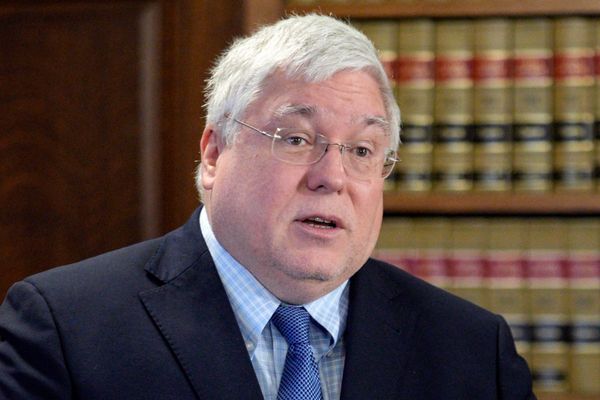It's a new day dawning in the crypto industry.
A new era is starting for this young industry after the success of the historical software update of Ethereum, the second blockchain after Bitcoin.
This software update that has been talked about since the beginnings of Ethereum gives the industry environmental credentials because the platform should now consume less than 99.95% energy than before, according to the Ethereum Foundation, a group of developers who oversee the blockchain.
Ethereum consumes some 77.77 terawatt hours of energy a year, which is what the country of Chile uses, according to an estimate from Digiconomist. A single transaction on Ethereum before the Merge had the equivalent to the power consumption of an average U.S household over 6.76 days.The carbon emissions of the blockchain are comparable to those of Hong Kong.
The Merge Happened At Around 2:45 am EST
This point is important because now institutional investors who have remained on the sidelines out of respect for ESG - environmental, social and corporate governance - can now invest without running the risk of being sharply criticized by environmental activists.
The Merge should also allow Ethereum, which is an ecosystem hosting cryptocurrencies, non-fungible tokens (NFTs), decentralized financial services apps, to be more secure and scalable.
The Merge happened around 2:45 am EST on September 16th. The transition was underway. Ethereum’s developers, investors and skeptics anxiously watched to see if the network would begin successfully proposing and approving new blocks of transactions via the new mechanism known as proof-of-stake.
Meanwhile, major cryptocurrency exchanges like Coinbase (COIN) and Binance have temporarily suspended Ethereum-linked cryptocurrency trading in case things go wrong.
After less than 15 minutes, no technical issues were reported, which indicated that the software update had been successful. The event was followed by thousands of crypto enthusiasts through virtual Ethereum Merge watch parties, often livestreamed on Youtube.
End of an Era
This was the end of the energy-intensive transaction validation mechanism known as proof-of-work. This process puts computers or miners in competition who must solve mathematical puzzles in order to win the right to validate a block of transactions visible to everyone on the platform.
From now on proof-of-work is replaced by proof-of-stake and miners by validators. In this system, the validators are appointed from among a group of cryptocurrency owners. You have to pay an entry fee to become a validator.
You must hold at least 32 ether, the platform's native token, or just over $51,000 at the current ether price. Validators must put their ether aside in a separate account.
"And we finalized!" celebrated Vitalik Buterin, a co-founder of Ethereum which was launched in 2015. "Happy merge all. This is a big moment for the Ethereum ecosystem. Everyone who helped make the merge happen should feel very proud today."
Ethereum expanded the concept of Bitcoin. The network currently supports tens of billions of dollars worth of digital assets, apps, and decentralized finance (DeFi) systems. It is the home of more than 3,000 decentralized applications, from games to trading to financial services like loans.
The platform has also enabled the emergence of smart contracts. Transactions concluded by smart contracts require no human intervention. Everything is managed by mathematical codes.
None of the digital assets run on Ethereum were adversely affected by the Merge as of time of writing.
Ether (ETH) prices are down 0.8% at $1,589.22.
Apart from giving investors a clear conscience, the Merge does not change much for the moment for retail investors. Indeed, the transactions will not be accelerated at first as hoped.
Transaction fees or gas fees will not decrease immediately either.
However, the Merge puts pressure on the Bitcoin platform which continues to consume a lot of energy because the transactions remain validated via the proof-of-work mechanism.







